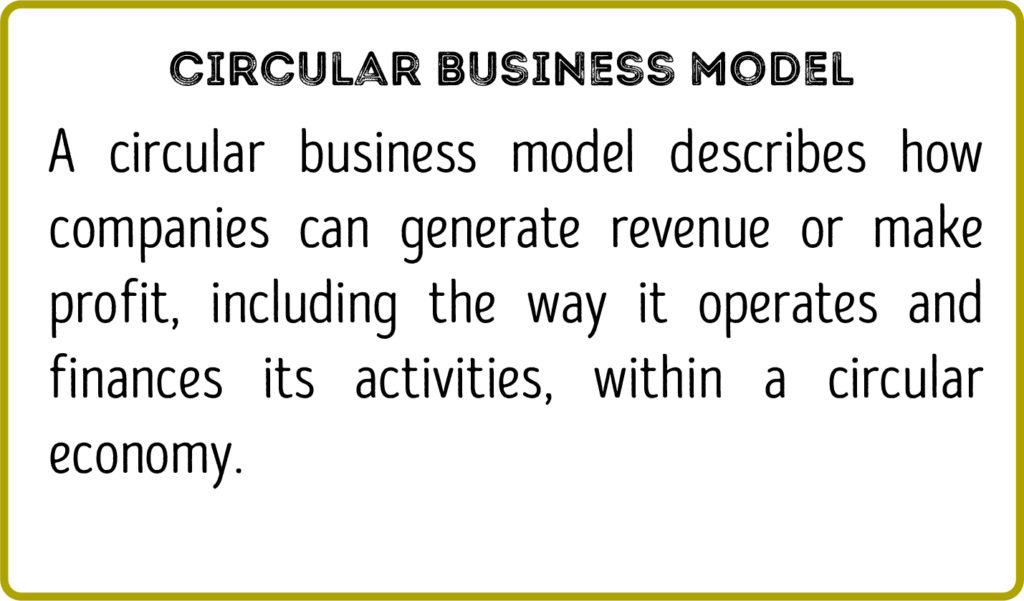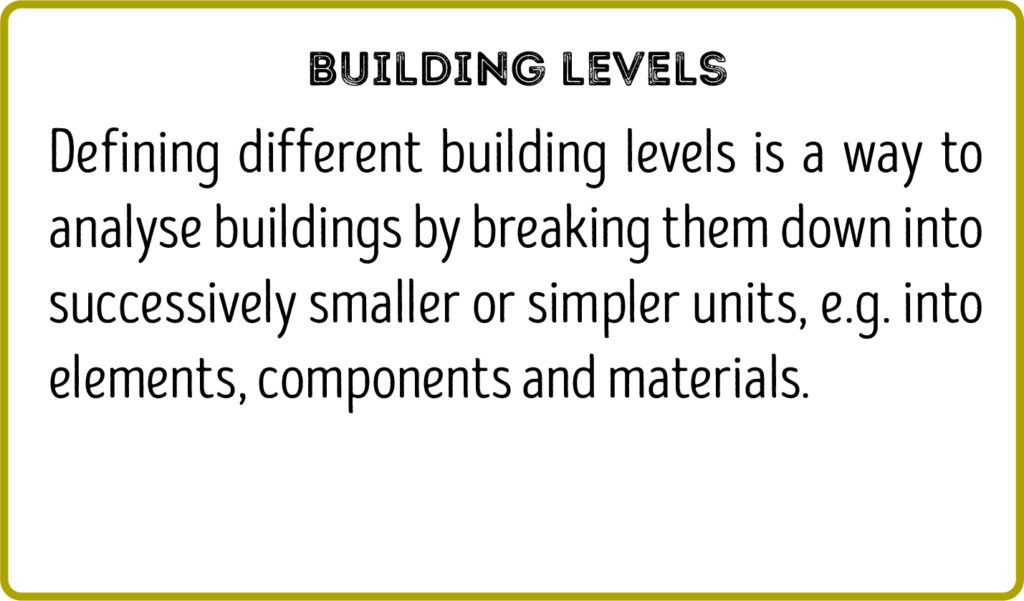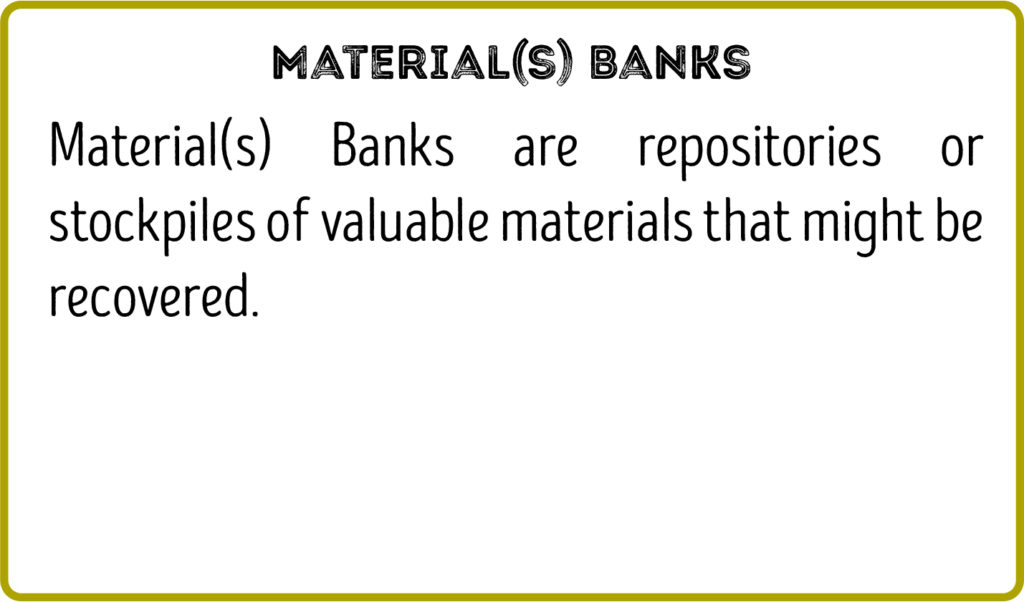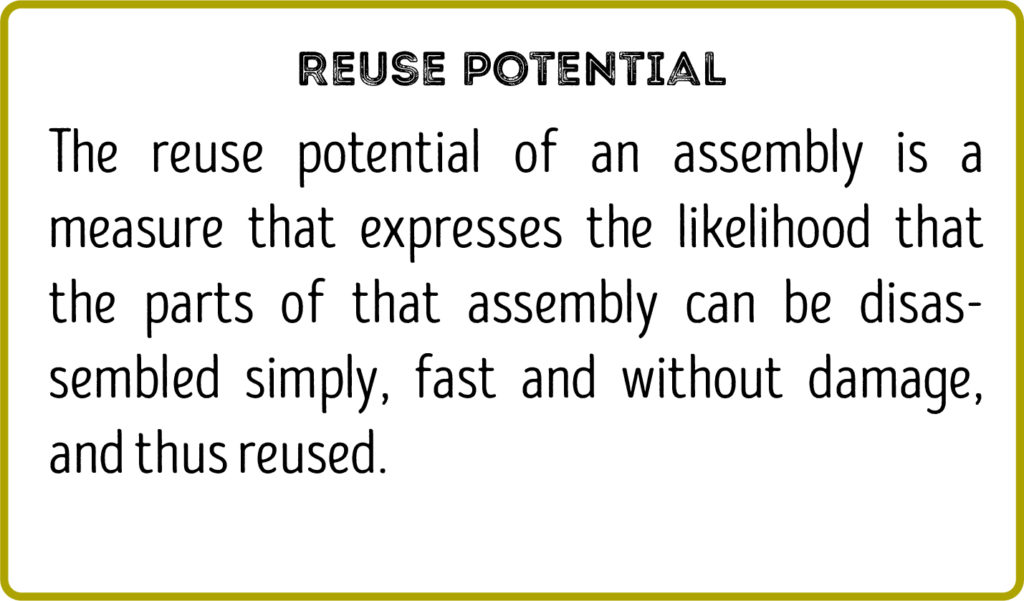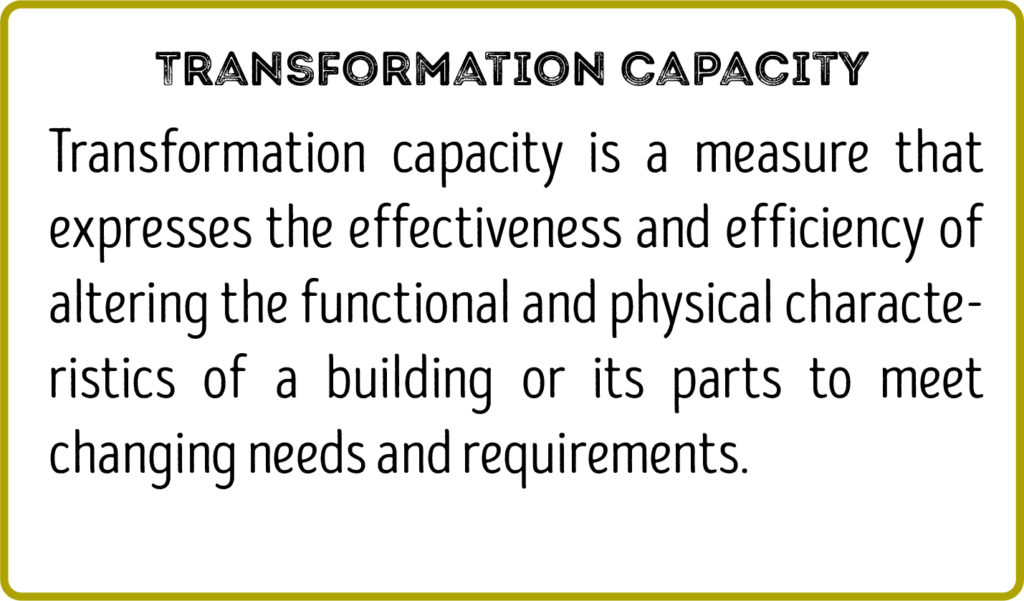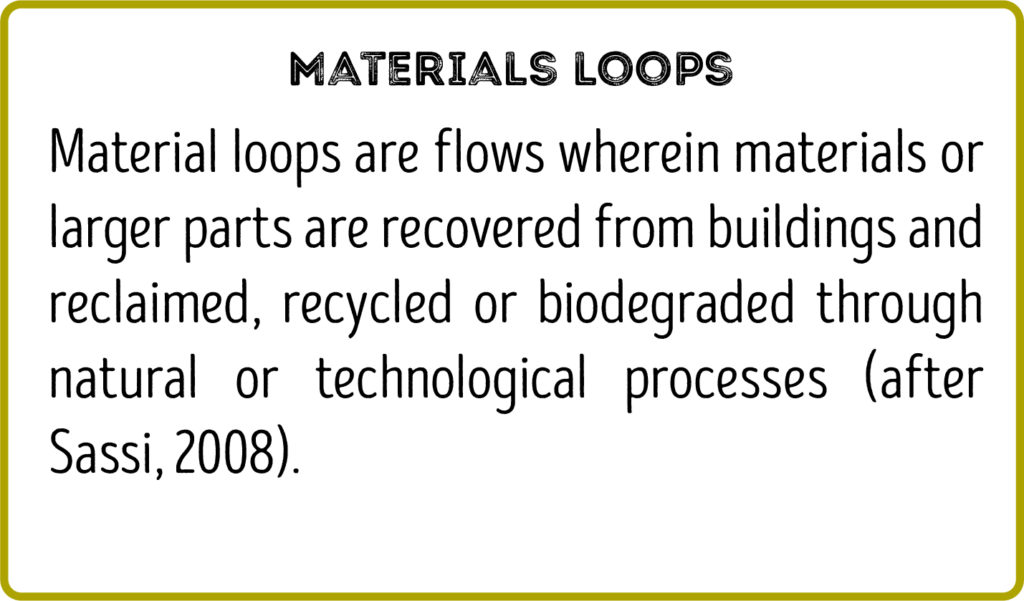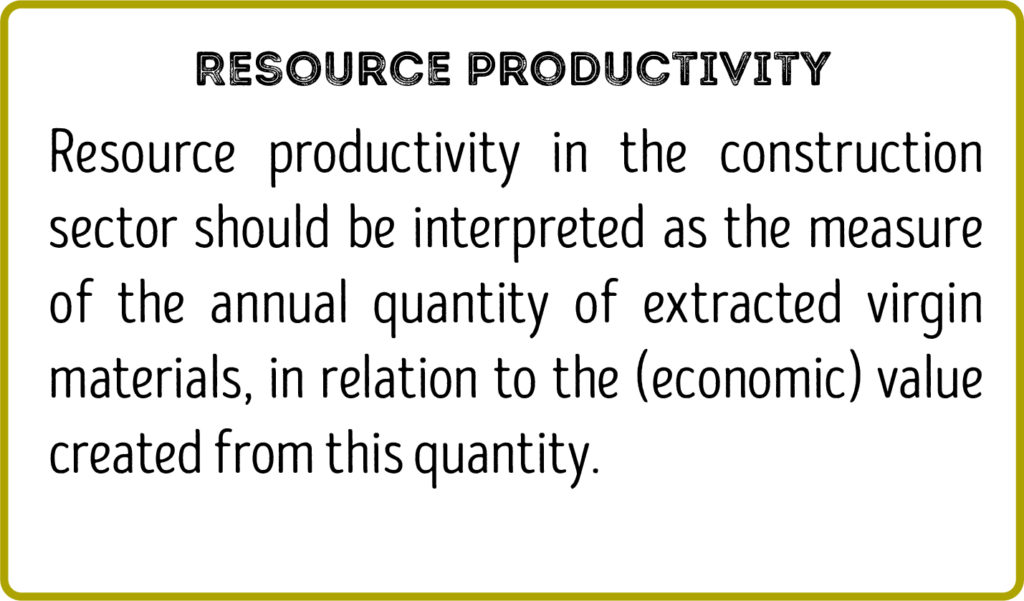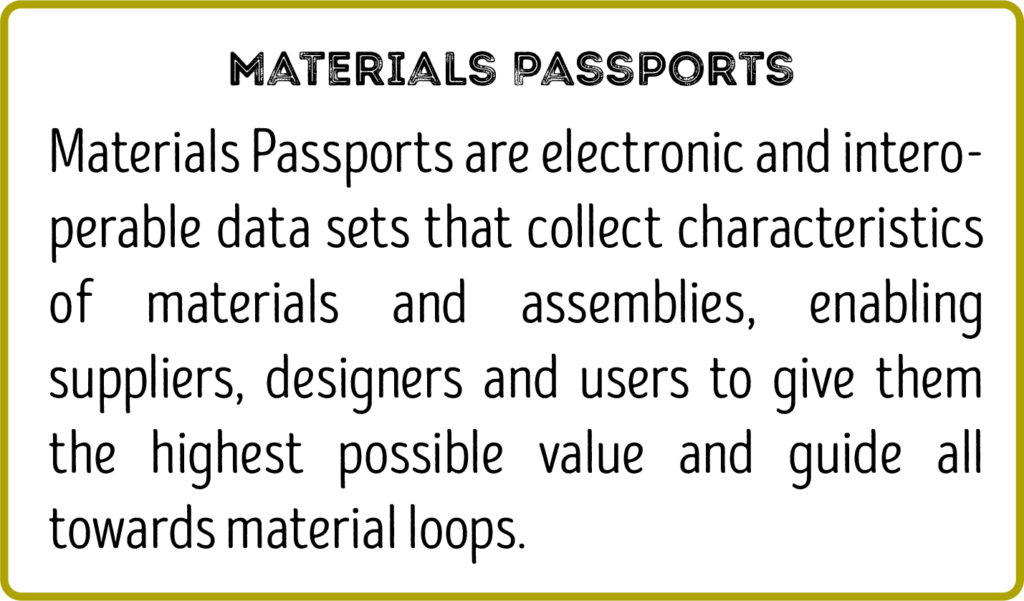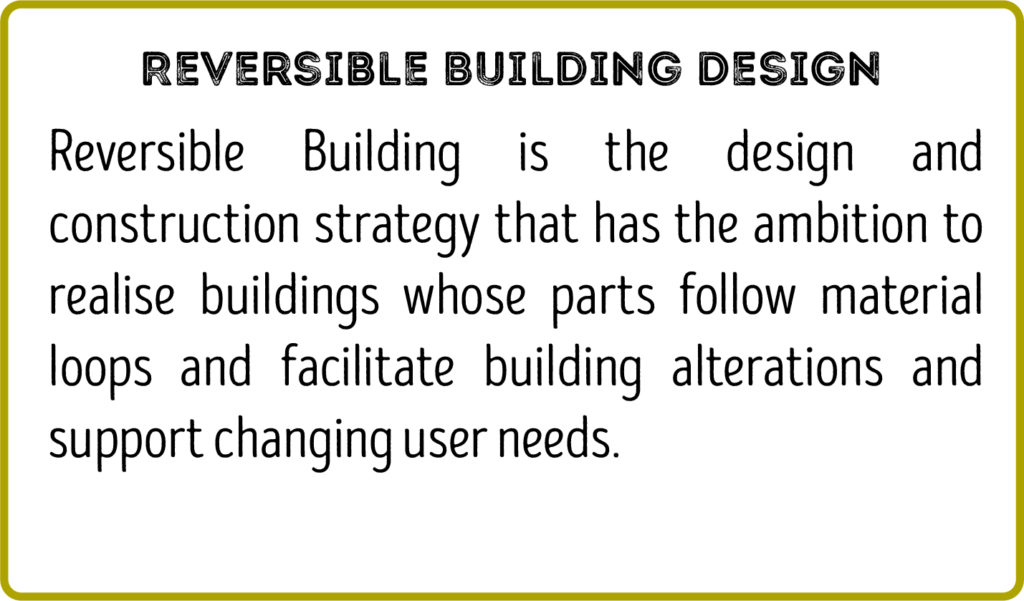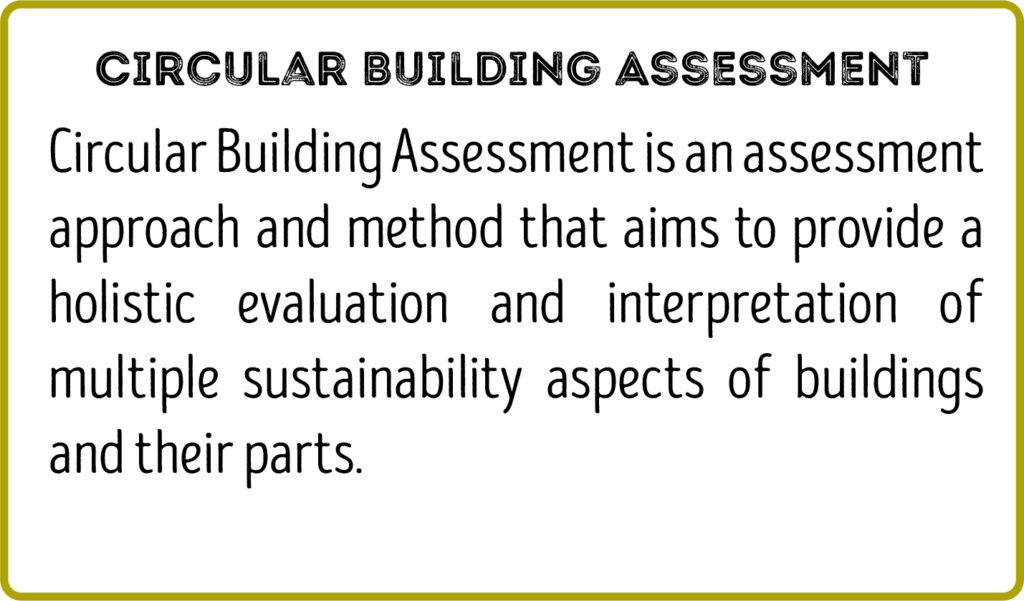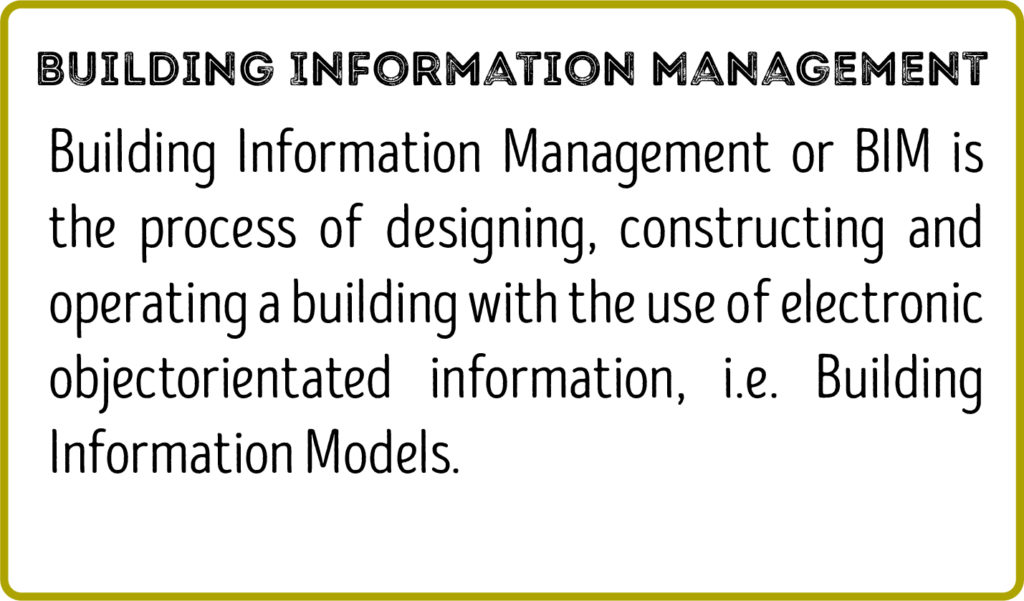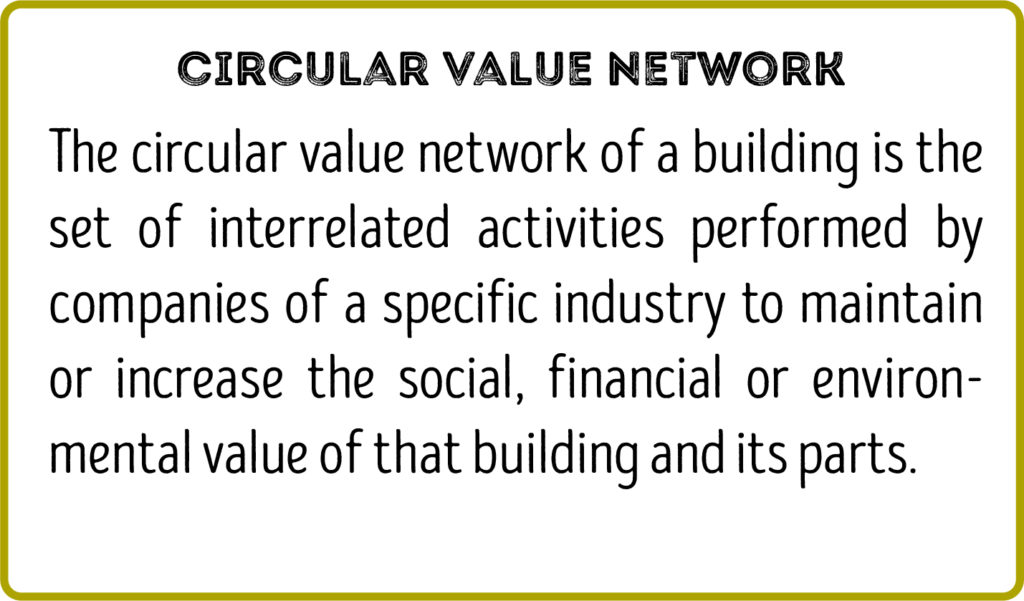
Common language

Within an interdisciplinary grouping, wherein each expert is accustomed to use his own terminology, there is a risk of misunderstanding key concepts and impeding clear communication.
To avoid this, the BAMB common language is developed, linking relevant concepts and providing a working glossary of terms.
A common language is not a lexicon
A common language is not the same as a glossary or lexicon. Because there are many potentially confusing or conflicting terms between the numerous stakeholders, the aim of a common language is to reduce the number of terms that are used. This is done by carefully choosing and defining terms that all stakeholders can adopt, and by providing rational arguments therefore.
The common language primarily has a structuring function: it is a starting point that can be used to structure existing or future terms. The language is by no means an exhaustive list or a selection of all interesting, relevant or preferred concepts or approaches. Terms that are adequately defined elsewhere are therefore not included with a separate definition.
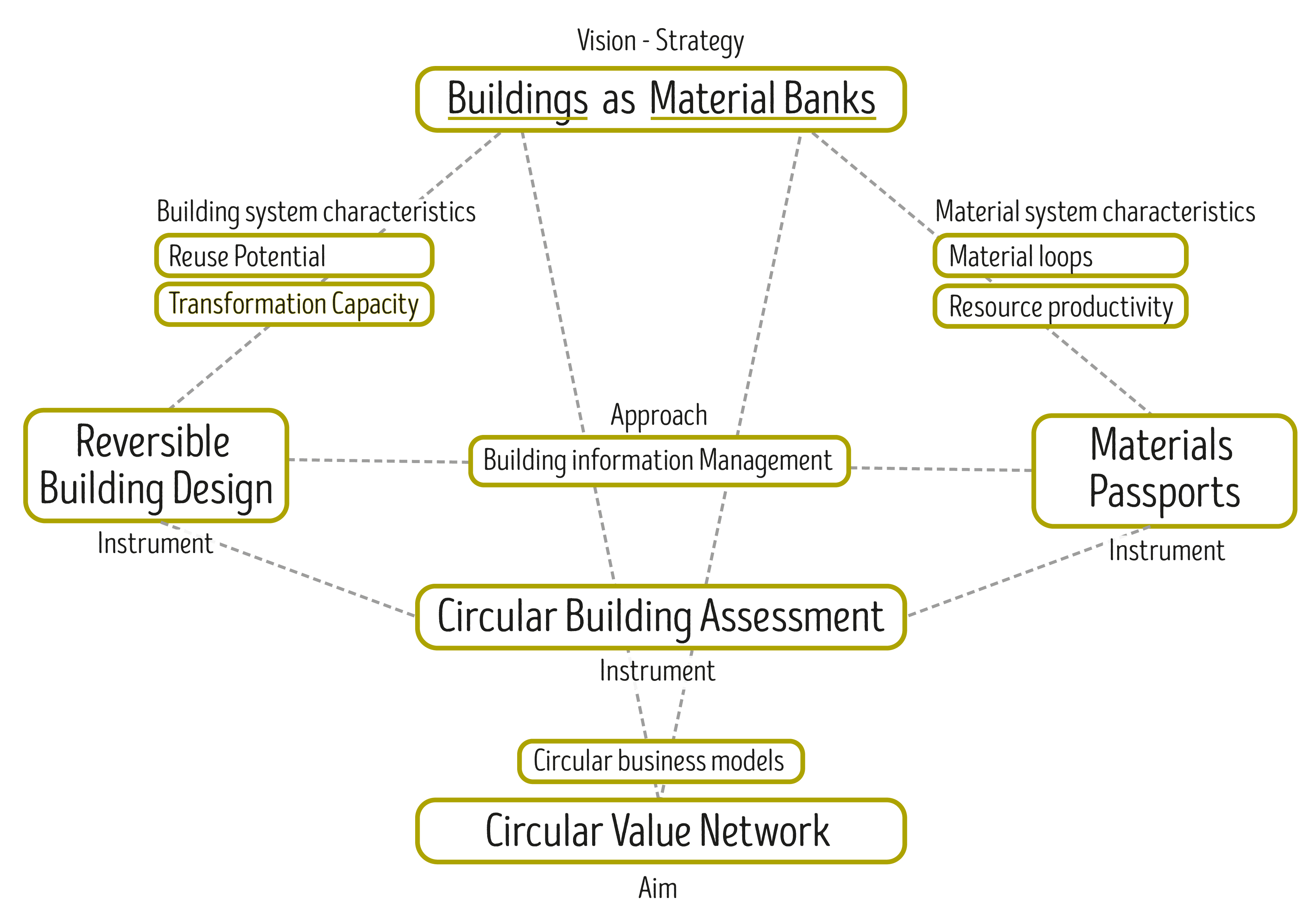
A common language facilitates its implementation
The resulting language is a set of 12 terms and definitions that are crucial to the BAMB project. Out of the 12 developed definitions, 8 are specific to BAMB: Buildings levels, Material(s) Bank, Circular business models, Materials Passport, Reuse potential, Transformation capacity, Reversible Building, ~ Building Design and Circular Building Assessment.
To guide stakeholders through this common language, it is suggested to build it around the project’s ambitions: Buildings as Material Banks: integrating Materials Passports with Reversible Building Design to optimise circular value chains. Complementary, we provide an index of related terms that guides users back to the common language and offers additional citations or references.
The BAMB language framework
To guide stakeholders through the common language, it is built around the project’s ambitions: Buildings as Material(s) Banks: integrating Materials Passports with Reversible Building Design to optimise circular value chains.
From each term, users can browse to its definition or to an associated term. The terms are therefore not synonyms, applications or alike.

